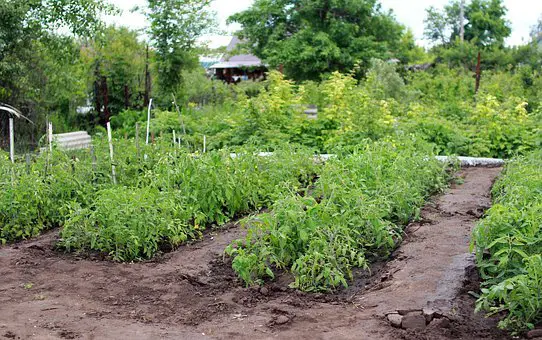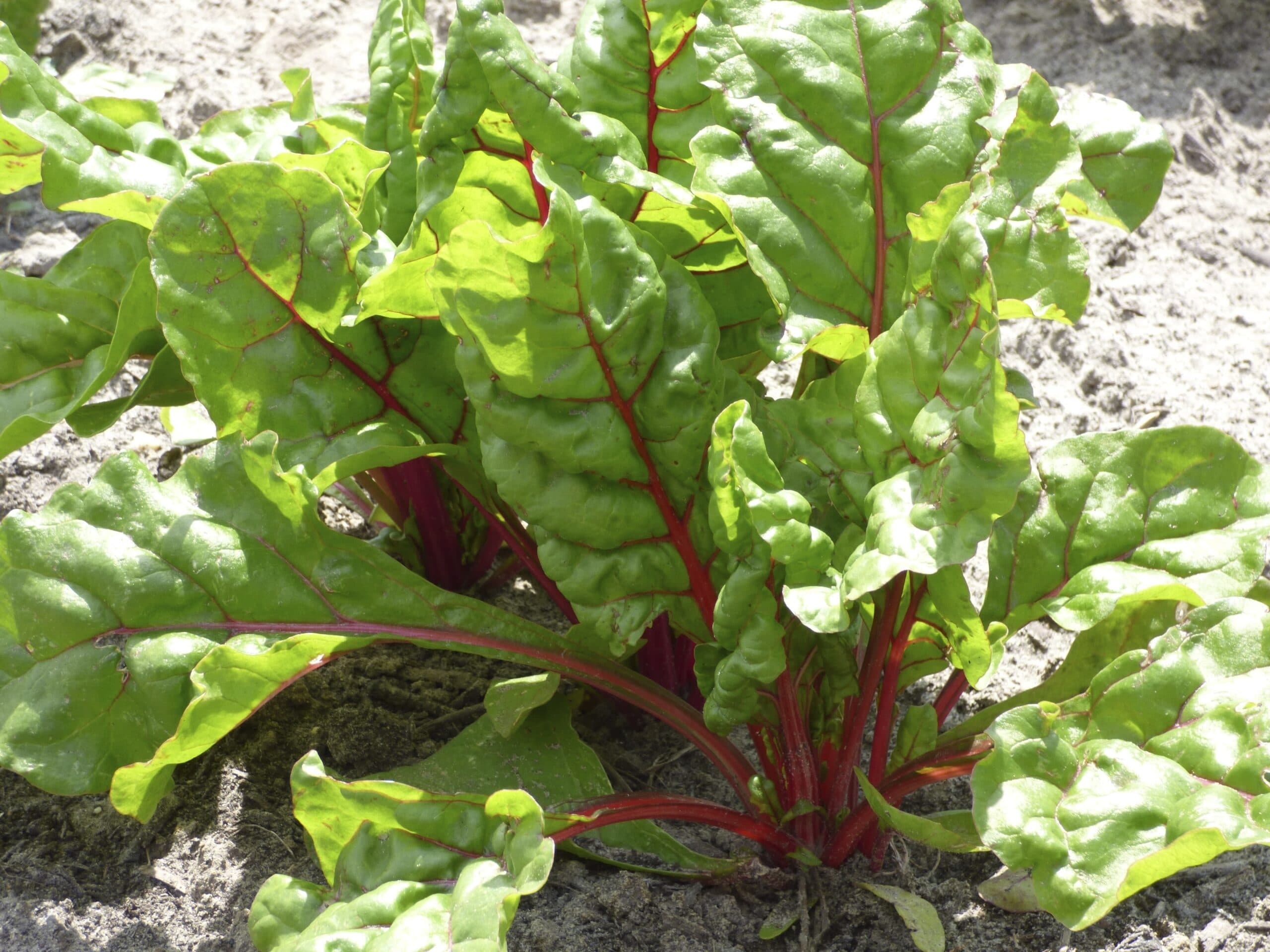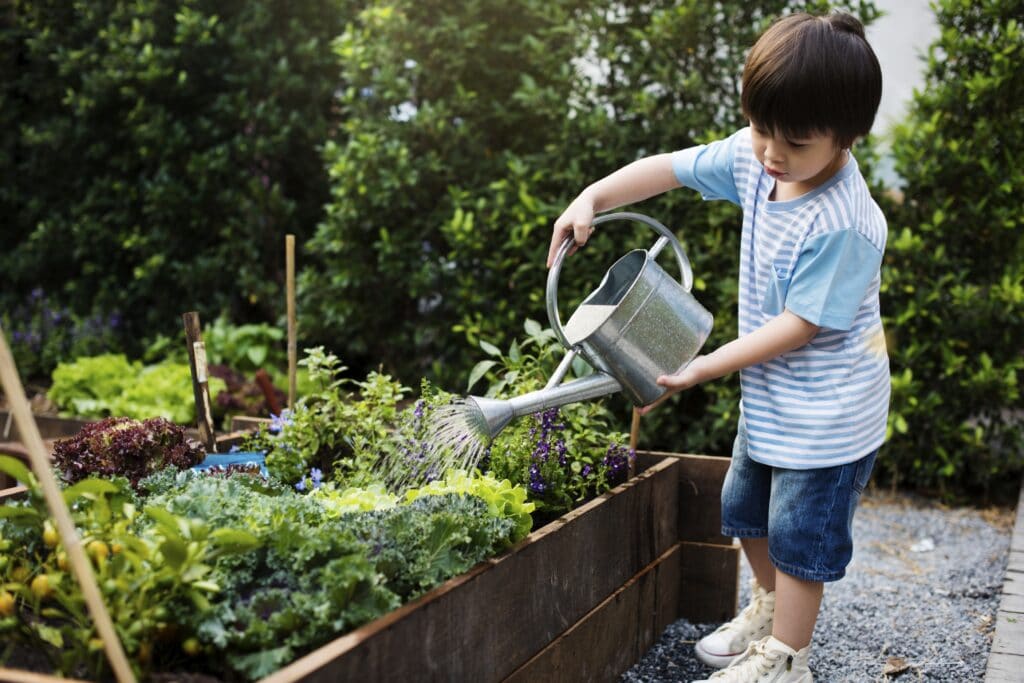Growing produce in your backyard has become extremely popular – 86% of people have eaten food that they’ve grown at home. The most popular fruits and vegetables grown are tomatoes and cucumbers, which can be easily grown in pots on the patio. If you are getting serious about growing your own produce, putting a vegetable allotment bed in your backyard is easy, and you don’t need existing soil – you can create a raised bed without any digging. A vegetable bed will give you the opportunity to grow a wide variety of crops and enjoy the fruits of your labor all year round. Also, consider protecting your vegetable bed by fencing it in. Most people have critters that will eat your produce. Fencing is also a great way to add interest and value to your property. Use a special garden gate, and you’re good to go!
Type of Vegetable Bed
If you’re digging a vegetable bed in the ground, it is important that you weed the soil and remove as many stones as possible. This will give your vegetables room to establish their roots. Raking the soil level will make it easier to plant. A raised bed is another good option, especially if you don’t have any existing areas of soil in your backyard or if the soil is very sandy or of poor quality. All you need to do is set up a frame for your bed with four planks of wood. You can even buy simple raised bed kits from most garden stores. Once your bed is set up, put a thin layer of gravel at the bottom for drainage, and then fill it with topsoil. You will then be good to go.

Planning your vegetable bed
Before you think about sowing seeds, it is important that you choose the right types of vegetables for the weather and climate where you live. The United States Department of Agriculture (USDA) has separated the country into zones based on the average temperatures, rainfall and weather conditions. Alaska is in zone 1 and Hawaii is in zone 11. Planting seasonally using hardiness planning zones as a guide will give your vegetables the best chance of survival. Root vegetables will grow well in colder climates, but you will need to live in a warmer area if you want eggplants and zucchini to survive outside.

Maintaining your vegetable bed
Make sure that you regularly look after your vegetable bed. Watering your crops is the most important job and will need to be done regularly, especially during the summer months. You should keep the soil free from weeds, and in particular ivy and bindweed, as these plants will kill your vegetables very quickly. Checking your vegetables regularly for signs of pests is important, and you can use a natural insecticide, such as lavender oil mixed with water to help stave off blackflies. If you live in an area where there are rabbits, raccoons or groundhogs, you should consider protecting your vegetable bed with wire netting, so that your crops don’t get eaten.
Growing your own vegetables is incredibly rewarding. With a little time and patience, you could be eating some healthy treats that are more satisfying than ones purchased at a store.






